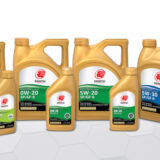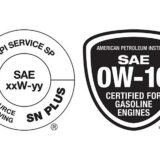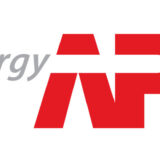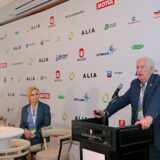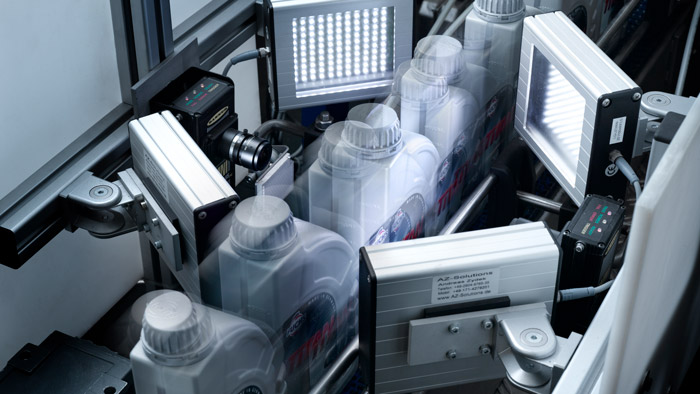
New GF-6A, GF-6B and API SP engine oil products on the shelf starting today
First licensing of new ILSAC passenger car engine oil standards GF-6A and GF-6B, and API’s latest engine oil performance standard, API SP, commence today, 1 May 2020. The release of these new specifications, to meet the performance needs of current and next-generation engines, marks the conclusion of a seven-year journey. Products certified under the EOLCS program are authorised to display two marks, the API Service Symbol (aka “Donut”) and the Certification Marks (aka “Starburst” and “Shield”). The new mark, the API “Shield,” is for GF-6B, SAE 0W-16 viscosity grade oils meeting API SN.
Jeff Harmening of the American Petroleum Institute (API) joined Vicky Denton, editor-in-chief of F&L Asia Ltd, on F+L Webcast to discuss the new release. Harmening is manager of API’s Engine Oil Licensing Certification System (EOLCS), and also oversees API’s Diesel Exhaust Fluid Certification Program and the Motor Oil Matters (MOM) program.
API has been inundated with licensing requests prior to the 1st of May deadline, says Harmening. Over 100 countries and more than 1,000 products have been pre-approved for the new specifications. Marketers have been permitted to apply for pre-approval since February 2020 – to allow sufficient time for API to review applications before first licensing. Harmening expects strong application volumes will continue over the following few weeks. Asia Pacific comprises a significant share of total applications, with 37 countries and requests for over 250 products. In China, 21 individual companies have applied for licensing of at least 163 individual products.
Harmening anticipates new GF-6A, GF-6B and API SP licensed engine oils will appear on the shelf almost immediately. A high number of companies have completed provisional licensing due to the backlog at independent test labs for the “ROBO” oxidation bench test (ASTM D7528), and in such a competitive industry many companies are ready to go, he says.
While OEMs will no doubt welcome the arrival of the new standards, it has taken a substantial period to get these specifications into API 1509, which describes the voluntary API EOLCS program, as well as methods for developing new engine oil performance standards. GF-6 includes an unprecedented number of new engine tests developed for a category (seven), causing a bottleneck in the test development process. The Lubricants Standards Development Review Group (LSDRG) was convened by API to review the process – to eliminate waste and enable faster development in the future. LSDRG is beginning to wrap up work and compile its summary of recommendations, says Harmening. Though, the API representative would not be drawn on the timing of an announcement on the new process.
ILSAC GF-5 first licensing occurred on October 1, 2010. How long these new specifications will remain relevant remains to be seen, particularly when you consider recent changes to soften vehicle fuel economy standards in the United States. There will always be companies developing technology that will change the engine as we know it. This will be a driver for new specifications, says Harmening. While API doesn’t anticipate a new ILSAC specification in the near term, “we will need to address GF-7 in the future,” he says.
F+L Webcast is a brand-new fuel and lubricant industry podcast by F&L Asia Ltd. You can listen to the entire podcast episode with Jeff Harmening at fuelsandlubes.com.






